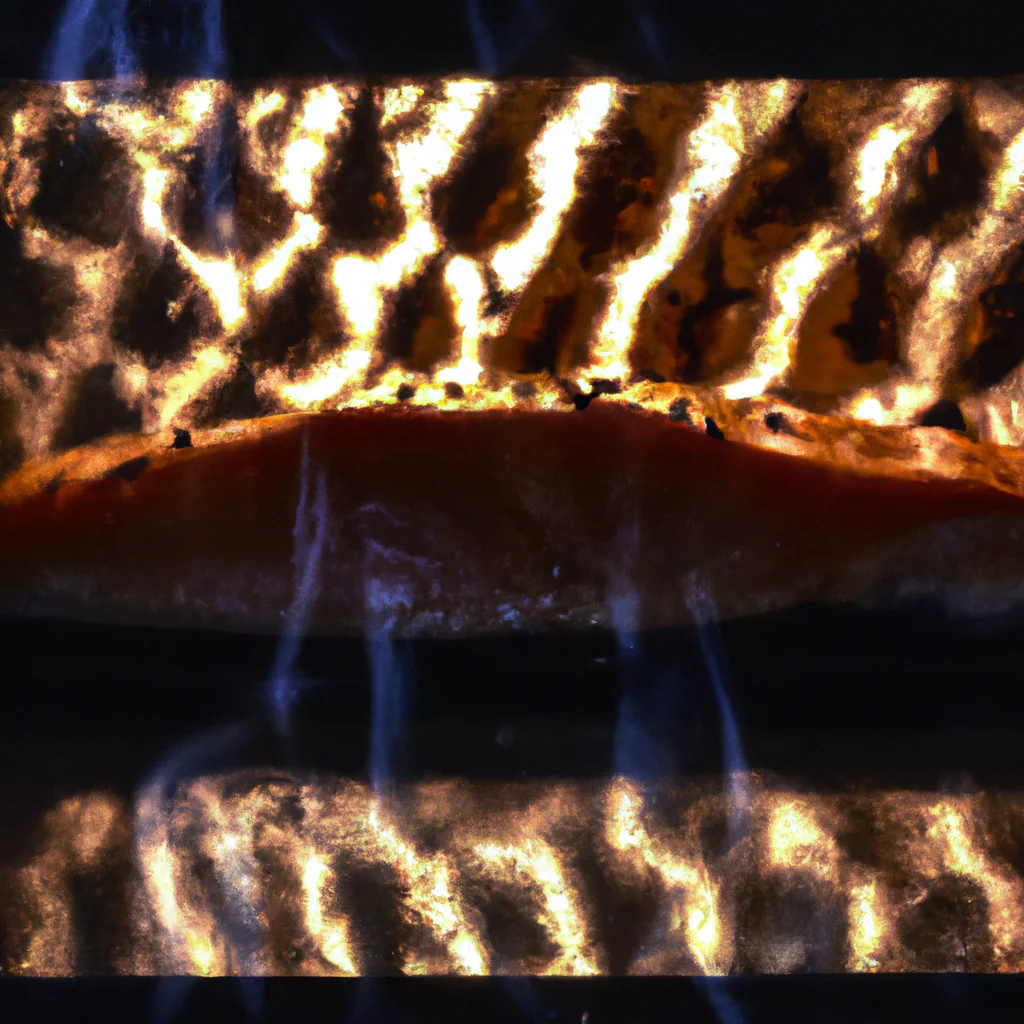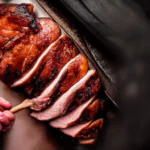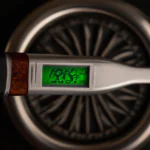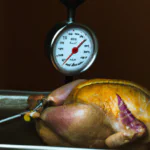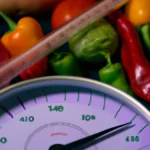Are you curious about the broiling method of cooking? Many home cooks are hesitant to try broiling out of fear of ruining the food. Fear not! Broiling is a straightforward cooking technique that is relatively easy to learn. In this article, we’ll explore the basics of broiling, and answer some of the most common questions like, what is the temperature of broil, what is the difference between broiling and grilling in the oven, and how long does it take to broil food.
Table of Contents
What is broiling and when should I use it?
Broiling uses only the upper heating element in your oven, applying high temps to the top of dishes for fast flavor. Use this method to cook and crisp, delicate foods or brown the top of already-cooked dishes.
When recipe instructions say to “broil,” they refer to a quick cooking method that uses intense heat. This method is good for cooking thin pieces of meat, fish, and poultry, as well as for melting cheese on top of asoufflé or gratinating vegetables.
Most electric ovens have a separate compartment for broiling with their own door. Gas ovens have a drawer below the oven where you can store broiling pans and other heavy cooking utensils. If your oven doesn’t have a separate broiling compartment, don’t worry. You can still broil foods by following these instructions.
- Preheat the oven on broil before placing the food inside. This will help ensure that the food cooks evenly.
- Place the food on the top wire rack in the oven. If you are using a frozen product, ensure it is fully thawed before cooking.
- Leave the door open a few inches while broiling. This will allow some heat to escape and prevent the food from cooking too quickly on the outside while remaining raw in the center.
- Check on the food often. Broiling can cook food quickly, so it’s essential to keep an eye on it to prevent burning.
Broiling is a great way to add extra flavor to grilled meats, fish, and vegetables. It’s also easy to cook thin cuts of meat, fish, and poultry. So next time you’re in the mood for something grilled but don’t have time to fire up the grill, try broiling instead!
A Closer Look at Broiling on Low Heat
Broiling on low is typically around 450 degrees Fahrenheit. This allows for a slower broil, which can help ensure the food is cooked all the way through without drying it out. thicker cuts of meat are often better suited for this type of broiling, as are foods that you prefer to be cooked all the way through.
Lo Broil: Lo Broil functions at 450 degrees Fahrenheit. It gives a slower broiling to ensure doneness without drying out the food. It is recommended for use with thicker cuts of meat and/or foods you prefer cooked all the way through.
High or Low Heat: All About Broiling
Grilling and broiling are two popular methods of cooking food quickly using high heat. While both methods involve cooking food with high heat, there are some key differences between the two.
Grilling typically uses lower temperatures than broiling, and the food is cooked indirectly. This means that the heat source is not directly under the food, but rather to the side of it. On the other hand, broiling uses higher temperatures and cooks food directly under the heat source.
When it comes to broiling, you’re dealing with high heat. This is great for cooking food quickly and getting a nice, browned crust. Just be sure to keep a close eye on your food so it doesn’t overcook or burn.
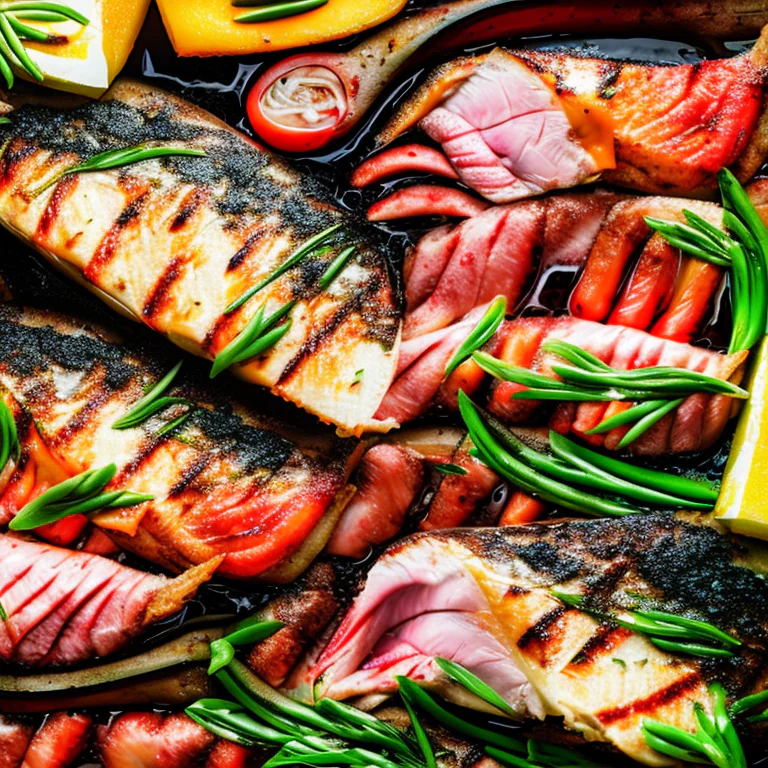
In the Kitchen: Is Broiling the Same as Warming?
Broil is heat from the top of the toaster oven, and may or may not be a very high heat, depending on your model. Broil setting is a quick heating process. It can melt cheese in a couple of minutes, warm up sandwich meats, or flash the top of anything. It normally doesn’t heat up the whole toaster oven.
The broil setting is often used for foods that don’t take long to cook, like cheese on top of a hamburger or sandwich. It can also be used for flash cooking, where you want to brown the outside of a food without cooking the inside.
Most toaster ovens have a broil setting, but the heat and time may vary. Some models have a high broil and low broil. Others have only one setting. Check your owner’s manual to see what temperature and time your model uses.
Here are some tips for using the broil setting:
- Put food on the top wire rack. This allows heat to circulate around the food and cook it evenly.
- Preheat the toaster oven. This helps the food cook evenly.
- Place food close to the element. This will help it cook faster. For thick cuts of meat, you may need to prop them up so that they cook evenly.
- Monitor cooking times closely. Broil can quickly go from perfect to burnt, so keep an eye on your food.
Setting Your Timer: How Long does Broiling Take?
Most foods will be done in five to 10 minutes, after which it can quickly go from nicely seared to burned. Since you’re really only cooking the outer surface of the food, this is why thin cuts of meat, quick-cooking fresh vegetables, and foods that are fairly tender to start with are ideal for broiling.
The key to success with broiling is to oversee your food. Have a timer handy, and check on your food frequently to ensure it’s cooking the way you want it to.
Here are some tips to keep in mind when broiling:
- Start with food that’s at room temperature. This will help it cook evenly.
- Cut food into even pieces so it cooks evenly.
- Marinate your food before broiling it if you want extra flavor.
When you’re ready to cook, preheat your broiler and position the rack so the food will be about 4 inches from the heat source. If you’re using a gas broiler, make sure the vent is open so the heat can escape. Then, just put your food on the rack and broil away!
Grilling in the Oven: Is Broil the Same?
The heat source: The main difference between broiling and grilling is the heat source. Broiling involves cooking food using an electric or gas-powered oven heat source (usually from above), while grilling involves cooking food over an open flame from below.
When you broil, you’ll use the oven’s built-in heating element for cooking your food. This heat source is usually located at the top of the oven. When you grill, on the other hand, you’ll be cooking your food over an open flame.
The type of food you’re cooking will also play a role in deciding whether to broil or grill. Broiling is better suited for thicker cuts of meat, like chicken breasts, steaks, and chops. These thick cuts of meat can better withstand the high heat an oven’s broiler provides. Thin cuts of meat, like hamburgers and fish fillets, are better suited for grilling because they can easily dry out or become overcooked when exposed to the high heat of an oven’s broiler.
When should you use the broil setting on your oven? If you’re looking to cook thicker cuts of meat or you want to get a bit more color on your food (like grilled marks), then broiling is the way to go. Just be sure to keep a close eye on your food so it doesn’t overcook!
Grilling is the way to go if you’re looking to cook thinner cuts of meat or seafood. The high heat of an oven’s broiler can quickly dry out or overcook these thinner cuts of meat.
